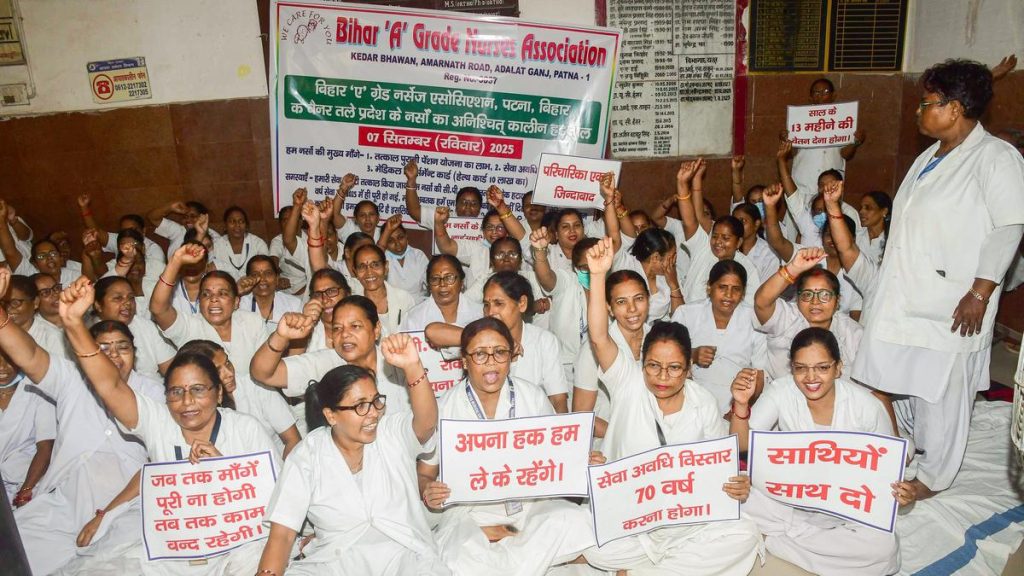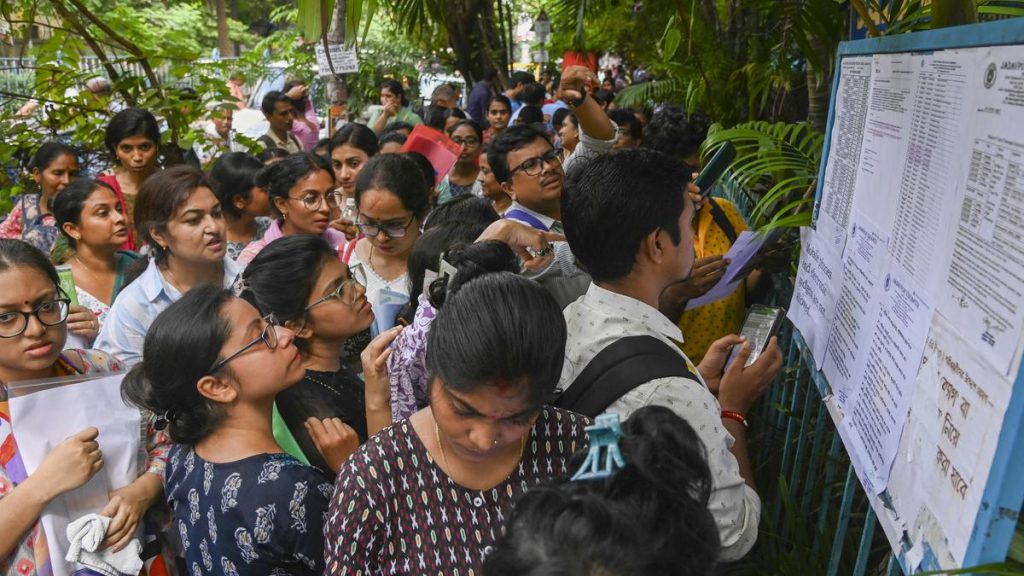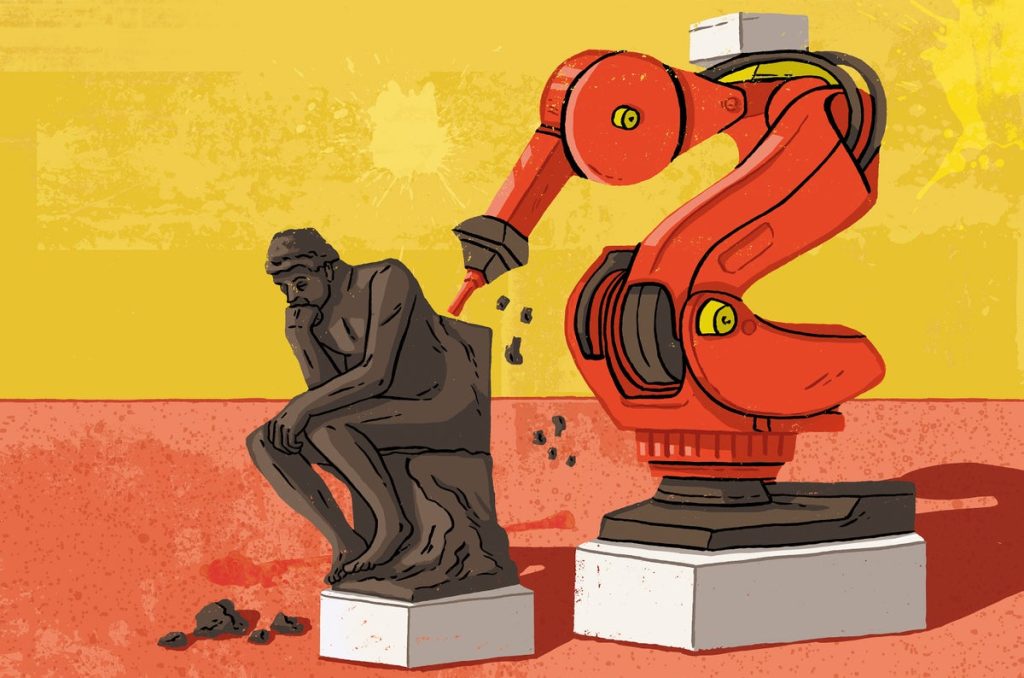Now Reading: Conclave Focuses on Frugality Over Extravagance
-
01
Conclave Focuses on Frugality Over Extravagance
Conclave Focuses on Frugality Over Extravagance

Quick Summary
- Upcoming Papal Election: Cardinals at the Vatican prepare for the conclave too elect the next pope, embracing simplicity inspired by Pope Francis.
- Cardinals’ Humble Appearances: Avoiding customary red-trimmed attire, most cardinals now dress incognito in plain black suits.
- Conclave Preparations: Extensive logistical arrangements are underway, including accommodation setups, secret communications protocols, and symbolic measures like chimneys for smoke signaling election results.
- Cultural Shifts in Church Leadership: The College of Cardinals has diversified significantly, with increased representation from Asia and Africa. Only 52 voting cardinals are European out of 135 total members.
- Changing Cardinal Traditions: While once known for grand gestures and attire steeped in nobility, today’s vatican discussions embrace modesty-a shift not universally appreciated among traditionalists.
- Potential Papal Candidates: Possible contenders include figures like Cardinal Pietro Parolin from Italy and cardinal Luis Antonio Tagle from the Philippines. Allegations such as cover-ups coudl impact campaigns behind closed doors.
- Legacy of Pope Francis’s Reforms: Focus remains on whether humility-centered practices introduced by Francis will persist under new leadership.
Images included:
- Guards around visiting cardinals ahead of conclave preparations. Photograph by Antonio Masiello/Getty Images.
- Journalists capturing moments involving cardinal elections preparations. Photograph by Christopher Furlong/Getty Images.
Indian Opinion Analysis
This upcoming papal election-not directly related to India-merits attention due to its global significance within religious spheres that indirectly influence India’s Catholic community (over 20 million adherents). Shifts toward simplicity within church leadership via reforms initiated during Pope Francis’s tenure align with broader societal discussions focusing on humility and inclusivity across faiths globally.The diversification within the College of Cardinals signals recognition of non-western regions’ growing importance to christianity-a noteworthy parallel given India’s prominent interfaith dialogues striving toward mutual respect between its diverse communities.A significant question arises around whether declarations against internal power struggles (politics) during candidate selection reflect genuine efforts or reinforce historic organizational challenges encountered often even within Indian spiritual-decision contexts/frameworks Here Logistically/operational Robustness Matters!”)
India’s contribution aligns culturally nuance ‘tailwinds reverberates future functionality cross-institution scenarios lessons!”

























